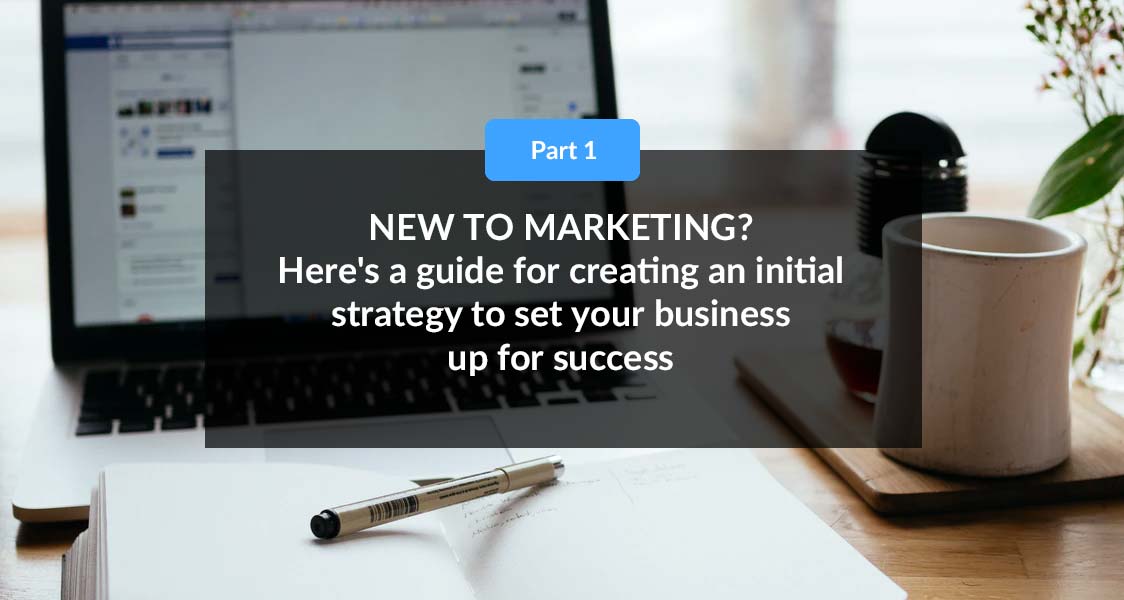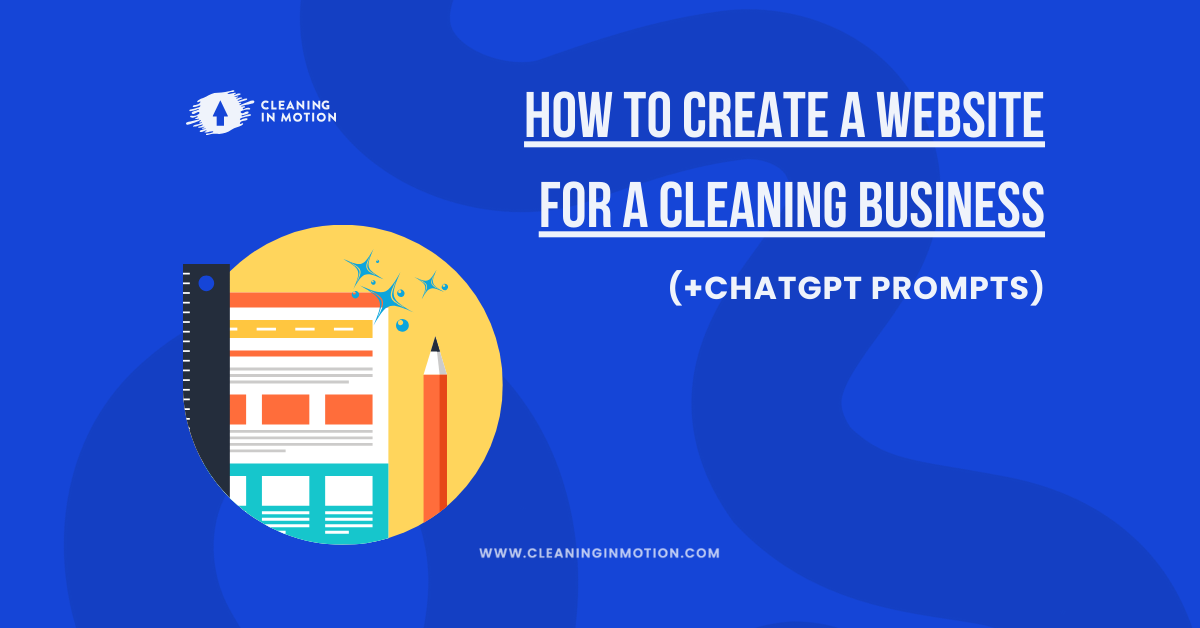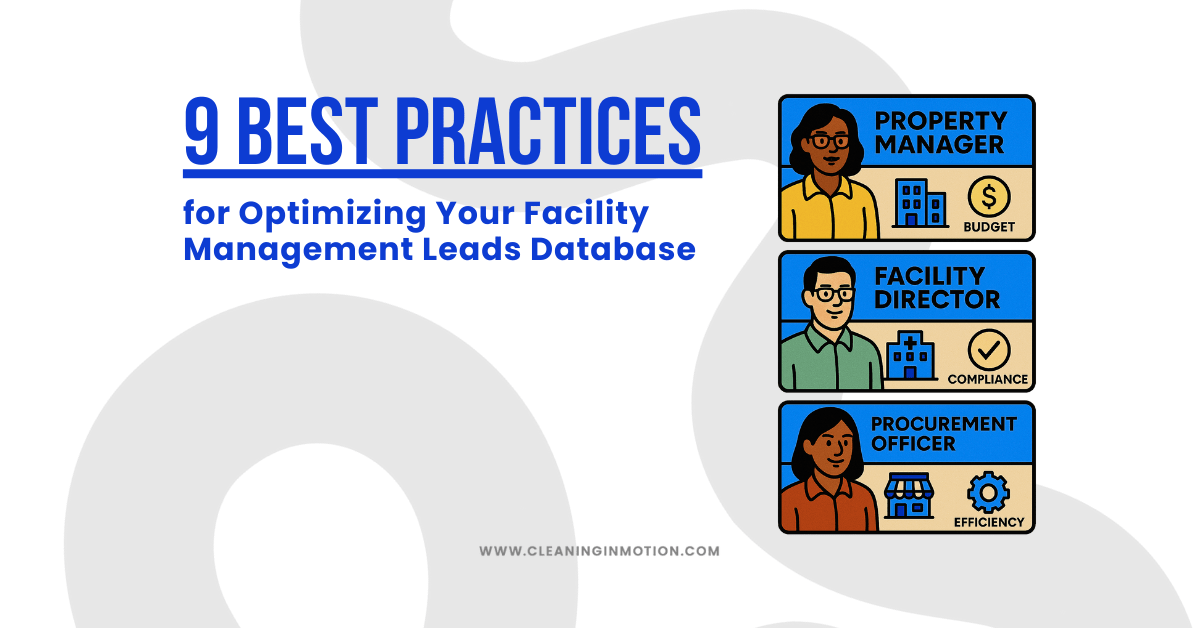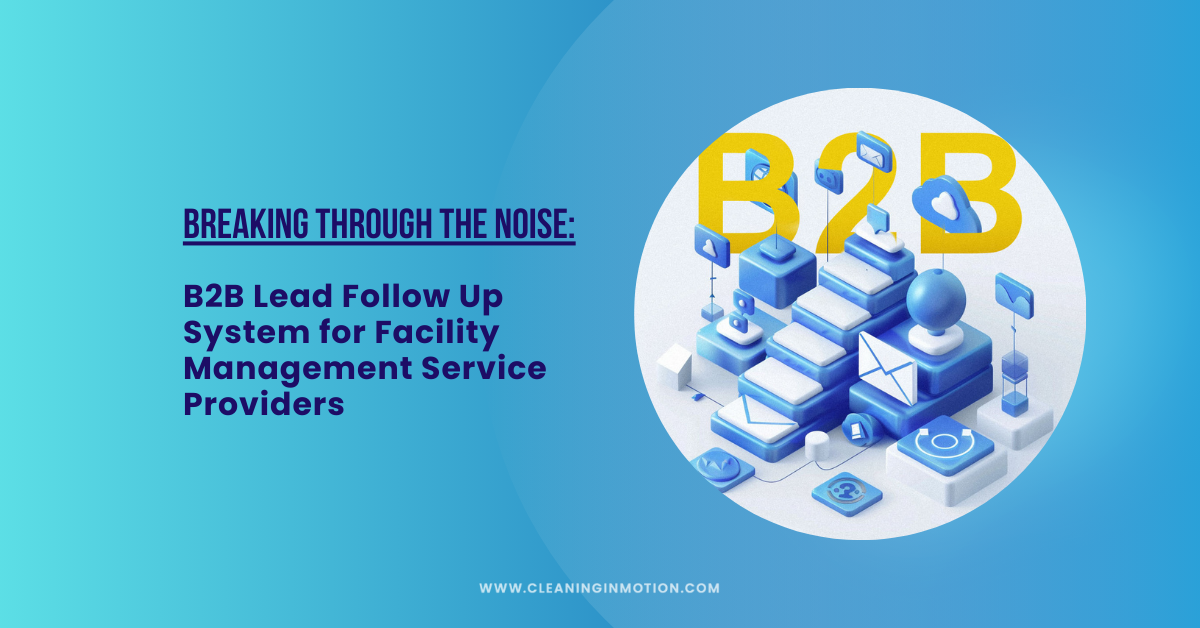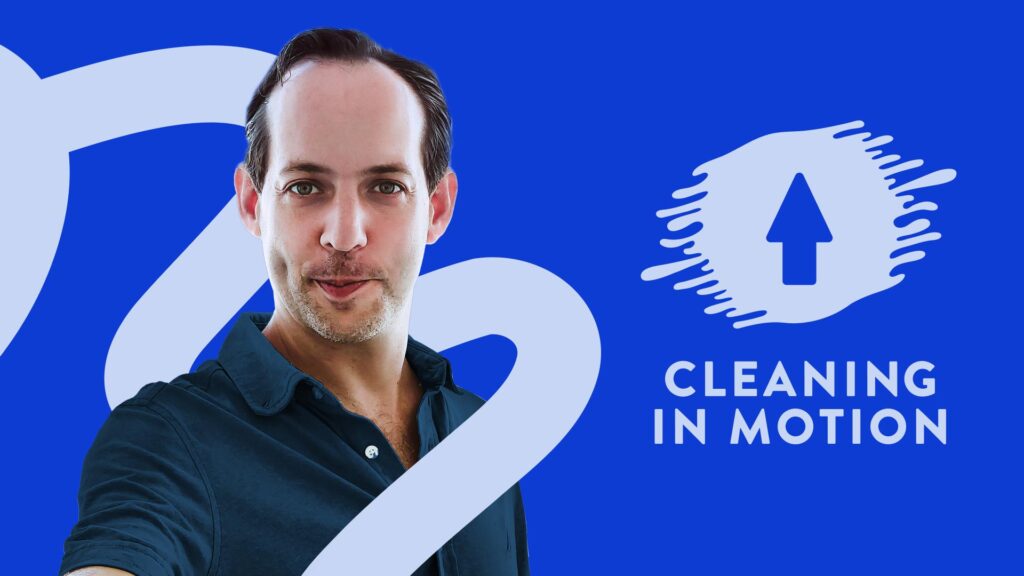Initiating marketing endeavors for a brand, whether it’s a new venture or an established one, can pose significant challenges, particularly when you’re unsure of the initial steps to take. In today’s digital landscape, where an abundance of content saturates social media platforms, podcasts, websites, and virtually every corner of the web, navigating this vast terrain can be a daunting task.
Hence, we’ve taken the initiative to craft this comprehensive guide to assist you in achieving success on your marketing expedition. The forthcoming steps are the ones we meticulously contemplate when devising marketing campaigns for our clients. We firmly believe that executing these steps with precision will position your business for a prosperous journey ahead!
1. First And Foremost, Define Your Target Market:
To reap the rewards of marketing, begin by gaining a profound understanding of your target audience. Numerous businesses fall into the misconception that their product or offer appeals to a broad audience, yet in truth, the more intimately you grasp the specific market segment housing your ideal customers, the more potent your marketing efforts will become.
The most effective approach to delineating your target market revolves around comprehending the motives behind your existing customers’ purchases of your product. You can employ a set of criteria like these to facilitate the organization of your insights:

Sources: QuickSprout & Oberlo
Commence your exploration by collecting broad information, and subsequently, delve into the utmost specificity. For instance, if your product is laptops, ascertain whether they cater to children, students, professionals, or a more niche segment. Aim to refine your understanding of who your product resonates with, the specific problem it resolves, and the precise demographic it serves; “professionals” is a good start, but “graphic designers” is even more precise and insightful.
Once you’ve gained a comprehensive understanding of your target market, proceed to craft buyer personas.
Related: The Recipe for Creating Awesome Buyer Personas [Infographic]
2. Create A SWOT Analysis:
It’s imperative to ascertain your company’s and brand’s position within the market. Conducting a SWOT analysis can provide you and your team with a distinct perspective on your:

Furthermore, it’s essential to employ SWOT analysis when evaluating your competitors. Assess aspects such as their market share, value proposition, pricing strategies, and whether they are actively engaged in marketing efforts. This comprehensive evaluation will enable you to identify opportunities to strategically position your company, expand your reach to a broader audience, and, most importantly, formulate an effective market approach, which begins with…
3. Create Your Elevator Pitch:
The notion of the “elevator pitch” has been gaining prominence due to its ability to construct a brief, succinct framework for your business objectives. Startups often rely on their elevator pitch to attract potential investors and, most importantly, to effectively communicate their ideas, just as you and your team should. This approach aids in ensuring that everyone is aligned with your product and sales strategy.
It’s crucial for your customers to swiftly grasp the problem your product or service resolves within a mere 30 seconds. In an increasingly attention-scarce environment, capturing people’s interest becomes progressively challenging. Hence, it’s of utmost importance for you and your team to adeptly convey your product or service’s message.
How do you create an elevator pitch?
- First, pinpoint the problem or market needs; then, present the solution – your idea!
- Adopt a direct and emotionally resonant language – present facts that deeply resonate with your audience. Convince them to wholeheartedly believe in your cause.
- Understand your audience intimately and engage with them on a personal level. Address their pain points directly, and they will connect with your offer on a profound level.
- Clearly define your product or service, providing specific and quantifiable details.
- Keep in mind that the essence of an elevator pitch is brevity – adhering to a 30-second timeframe is a useful guideline.
Here’s an example of applying these principles to a great elevator pitch.
“Are you tired of seeing your hamsters lounging around, looking out of shape? We get it; there are no gyms for our furry friends, and hiring a personal trainer is just too costly. That’s where the Ham 2000 comes in – it’s a miniature, all-in-one exercise machine designed for hamster moms and dads. Simply place it in your hamster’s cage, and watch them stay active and healthy while you go about your day. Plus, it’s undeniably adorable!”
4. Establishing a Brand Identity Book and Infusing Your Brand with Character:
Many businesses underestimate the importance of this step in their marketing strategy. However, not only is it crucial, but it’s also essential to undertake it as early as possible in the life of your brand!
If you aim for your brand to be instantly recognizable right from the start, you must establish a captivating brand personality that effectively communicates your company culture and product.
A brand personality book lays the foundation for the consistent rules and principles that will govern your brand identity. This includes elements like a select set of fonts that will consistently be employed, predefined color schemes for product design or logos, aesthetic guidelines, and more. Visuals play a rapid and instinctive role in how humans embrace or reject new experiences. Therefore, bestow your brand with a distinctive personality and unwaveringly adhere to it.
Fostering your brand’s personality not only ensures consistent branding within your team but also demands a deep, contemplative examination of what you desire your brand identity to embody and how you wish to present it to the world.
5. Create a Website Or Landing Page:
If your target audience is active online, having a website or dedicated landing page is an absolute necessity. There’s no way around it.
To begin, let’s clarify the key distinction between a website and a landing page. Landing pages are created with the primary objective of driving traffic for a specific marketing campaign. Their core purpose is to direct visitors’ attention toward a particular action, such as “Schedule a tour of our facilities” or “Purchase THIS product.” They should contain content exclusively relevant to the offer, product, or service in question. Landing pages are intentionally devoid of distractions and are meticulously designed to encourage user conversion or guide them one step further down your marketing funnel.
In contrast, a website comprises a collection of pages strategically designed to assist visitors who come to the site, fostering their inclination to explore a substantial portion, if not all, of its content. The ultimate goal is to cultivate interest in a product or service through comprehensive information and engagement opportunities.
An excellent and user-friendly website is a key factor in building customer trust. While creating an outstanding site can be a demanding endeavor, adhering to these principles will provide valuable assistance:
- Establishing a timeline and due date is fundamental. Without a set completion timeline, the task is unlikely to be accomplished.
- Specify the hosting platform: If you have an in-house development team, that’s excellent! If not, there are numerous user-friendly DIY hosting options available, such asWix, SquareSpaces or Webflow.
- Have a well-thought-out plan: Avoid diving into site building without clear design objectives. Consider whether your site will incorporate features like a shopping cart, a Contact Us section, or specific focal points for visitors to see first. Planning is crucial for a successful website.
Commence by delineating your website’s navigation structure, including the main menu and footer. These elements form the backbone of your site’s user experience.
- Adhere to your prior groundwork: Throughout the website creation process, keep your buyer persona, brand book/personality, and elevator pitch at the forefront of your mind. Consistency with these foundational elements will ensure a coherent and effective online presence.
- Design phase: Initiate the creation of your website’s wireframes, which serve as a preliminary blueprint for your site’s layout. While there are numerous free online tools available for this purpose, a simple sketch on your whiteboard or even pen and paper can suffice. Define the placement of titles, text, images, call-to-action buttons, and any other anticipated features within these wireframes.
- Build prototypes: Develop and rigorously test your prototypes or final design components. However, it’s crucial to conduct thorough testing and previews before making your website publicly accessible. This ensures a seamless user experience and helps identify and rectify any issues in advance.
- Review: The final step is of utmost significance. Present your completed prototypes to a select group of visitors, ideally including trusted existing customers, to gather feedback and identify any potential bugs or issues. Be receptive to clear and constructive feedback, as it can provide valuable insights for refining your website before its official launch.
- Iterate as necessary.
Creating an initial marketing strategy is indeed a broad topic that can’t be fully covered in a single blog post! In two weeks, we’ll delve even deeper into the next steps. Stay tuned for more insights and guidance!
Are you feeling overwhelmed by the prospect of creating a marketing strategy on your own? Get in touch with us. We’re deeply passionate about marketing strategy, impactful advertising, creative content, captivating design, and empowering individuals and businesses to excel in narrating their brand’s unique story.
Sources:
